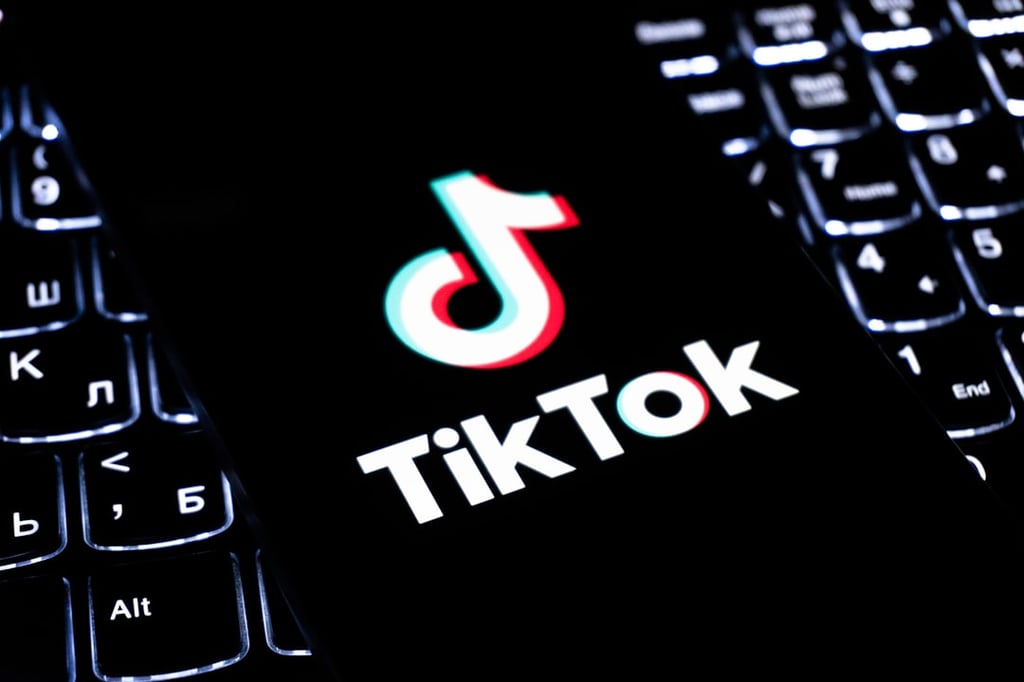Datamation content and product recommendations are
editorially independent. We may make money when you click on links
to our partners.
Learn More
Like smartphones and tablets before them, wearables are set to invade the workplace. And with them will come big changes in user behavior and the consumption of IT resources.
Nielsen, the research firm best known for its TV viewing measurement services, has turned its attention to wearable devices like smartwatches and health trackers. What the company found is that users consume more wireless data, a sign that the devices promote more engagement.
In a study of 5,000 mobile device users, Nielsen discovered that the average wearable device user consumed 9.49 GB of data per month. The wearables were connected to users’ Android devices via Bluetooth.
Comparatively, the average Android user (sans wearable) utilized just 5.61 GB of data per month. Additionally, noted Nielsen, “the average data volume per person on Wi-Fi network for wearable users is 74 percent higher than all adult Android users.”
The data suggests that businesses may need to weigh the impact of wearables on their networks and wireless data plans as more of the devices filter into corporate settings.
Wearable device use surged between September 2013 and February 2014, reported Nielsen. “By February, 2.5 million of these users owned a wearable device, such as fitness trackers or smartwatches, almost five times more than in September 2013.”
ABI Research recently forecast that the enterprise wearables market would reach $18 billion by 2019, after having expanded at a compound annual growth rate (CAGR) of 56.1 percent. The research firm said it “expects wearables to “become an integral part of enterprise mobile enablement strategies.”
Salesforce, an early proponent of mobile-enabled, cloud-based business software, sees the writing on the wall.
Earlier this month, it launched Salesforce Wear, a new app development program aimed at linking wearables to the cloud CRM company’s platform. Daniel Debow, senior vice president of the Salesforce Emerging Technology unit, told Datamation at the time that “Wearables are growing five times faster than smartphones. And smartphones grew pretty fast.”
IHS, a market research group, expects buyers to snap up 50 million wearables this year, said Debow. By 2018, that figure is expected to reach 180 million.
Increased data usage aside, wearables change users’ relationships with their smartphones.
“Overall, wearable users are social browsers who browse the web, log in to social networking sites, text message and tap in to location services more heavily than the average mobile user,” stated Nielsen. During the month of February 2014 alone, the company observed that “wearable users spent 12 hours, 22 minutes on their web browser, 11 hurs, 27 minutes on social networking sites, and 6 hours, 33 minutes text messaging on their devices, far more than the average mobile user.”
Pedro Hernandez is a contributing editor at Datamation. Follow him on Twitter @ecoINSITE.
Photo courtesy of Shutterstock.
-
Huawei’s AI Update: Things Are Moving Faster Than We Think
FEATURE | By Rob Enderle,
December 04, 2020
-
Keeping Machine Learning Algorithms Honest in the ‘Ethics-First’ Era
ARTIFICIAL INTELLIGENCE | By Guest Author,
November 18, 2020
-
Key Trends in Chatbots and RPA
FEATURE | By Guest Author,
November 10, 2020
-
Top 10 AIOps Companies
FEATURE | By Samuel Greengard,
November 05, 2020
-
What is Text Analysis?
ARTIFICIAL INTELLIGENCE | By Guest Author,
November 02, 2020
-
How Intel’s Work With Autonomous Cars Could Redefine General Purpose AI
ARTIFICIAL INTELLIGENCE | By Rob Enderle,
October 29, 2020
-
Dell Technologies World: Weaving Together Human And Machine Interaction For AI And Robotics
ARTIFICIAL INTELLIGENCE | By Rob Enderle,
October 23, 2020
-
The Super Moderator, or How IBM Project Debater Could Save Social Media
FEATURE | By Rob Enderle,
October 16, 2020
-
Top 10 Chatbot Platforms
FEATURE | By Cynthia Harvey,
October 07, 2020
-
Finding a Career Path in AI
ARTIFICIAL INTELLIGENCE | By Guest Author,
October 05, 2020
-
CIOs Discuss the Promise of AI and Data Science
FEATURE | By Guest Author,
September 25, 2020
-
Microsoft Is Building An AI Product That Could Predict The Future
FEATURE | By Rob Enderle,
September 25, 2020
-
Top 10 Machine Learning Companies 2020
FEATURE | By Cynthia Harvey,
September 22, 2020
-
NVIDIA and ARM: Massively Changing The AI Landscape
ARTIFICIAL INTELLIGENCE | By Rob Enderle,
September 18, 2020
-
Continuous Intelligence: Expert Discussion [Video and Podcast]
ARTIFICIAL INTELLIGENCE | By James Maguire,
September 14, 2020
-
Artificial Intelligence: Governance and Ethics [Video]
ARTIFICIAL INTELLIGENCE | By James Maguire,
September 13, 2020
-
IBM Watson At The US Open: Showcasing The Power Of A Mature Enterprise-Class AI
FEATURE | By Rob Enderle,
September 11, 2020
-
Artificial Intelligence: Perception vs. Reality
FEATURE | By James Maguire,
September 09, 2020
-
Anticipating The Coming Wave Of AI Enhanced PCs
FEATURE | By Rob Enderle,
September 05, 2020
-
The Critical Nature Of IBM’s NLP (Natural Language Processing) Effort
ARTIFICIAL INTELLIGENCE | By Rob Enderle,
August 14, 2020
SEE ALL
ARTICLES









